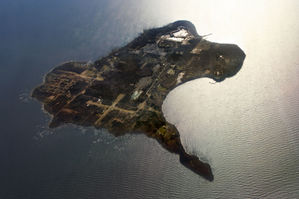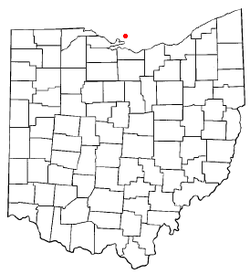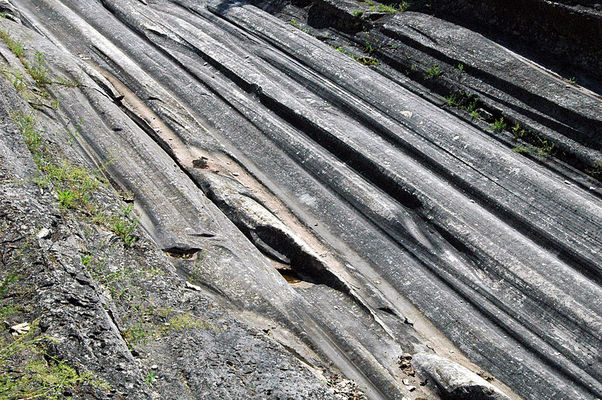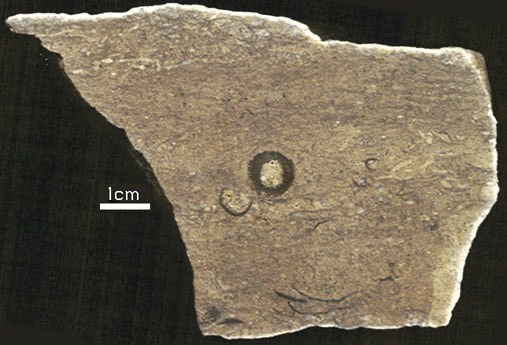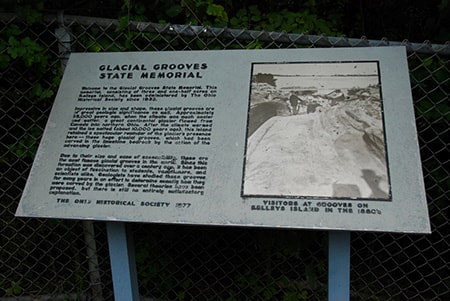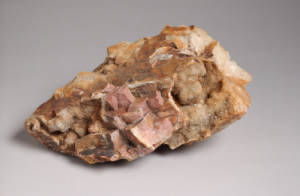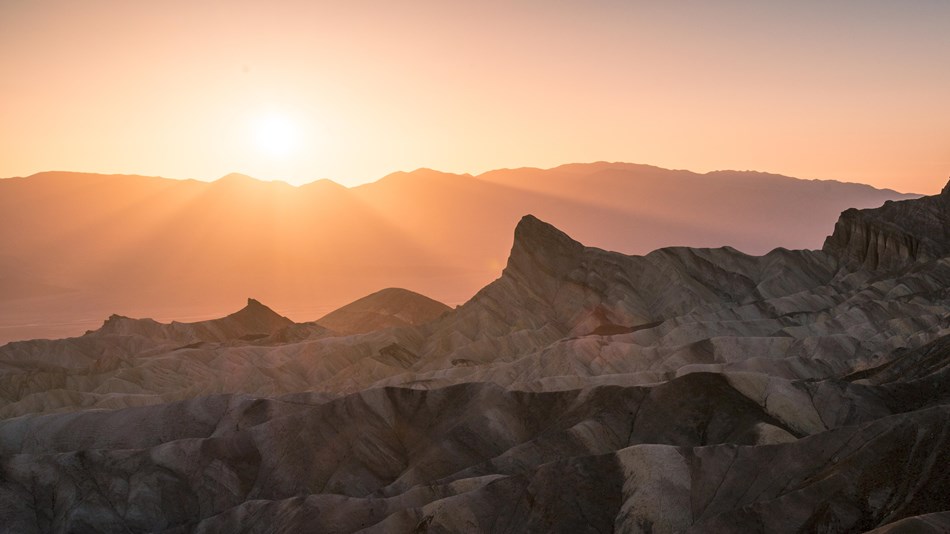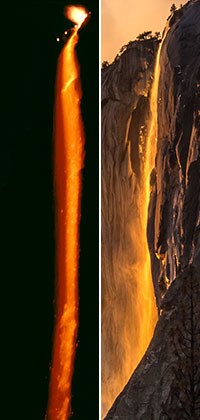|
Glaciers to Great Lake: Ohio would not be what it is today without the impact of glaciers during the Ice Age. Glaciers left behind more than just till deposits in Ohio, glaciers also helped make Lake Erie. Check out this video and learn more about Ohio's Ice Age: http://www.pbs.org/video/wptd-our-ohio-glaciers-great-lake/ (Running time: Approx. 2 minutes) - WCET Cincinnati, Our Ohio series Glacial Grooves State Park, Kelley's Island These glacial grooves were carved out during the Pleistocene Epoch (the last Ice Age). Stories in the Stones Underneath the soils of Ohio lies a vast record of history embedded in rocks and minerals: http://geosurvey.ohiodnr.gov/news-events/multimedia-library Etched section of hand sample of Columbus Limestone from quarry on Kelley's Island. The circular feature is a crinoid columnal. Glacial Map of Ohio: geosurvey.ohiodnr.gov/portals/geosurvey/PDFs/Glacial/glacial.pdf Flint is Ohio's official gemstone. Flint Ridge Flint is renowned for its color and beauty. In pre-historic times, flint was used by American Indians for tools, including knives and spear points. The flint polished stone is valued in jewelry making today. Licking and Western Muskingum Counties are known for having the most famous deposit of flint in Ohio; this area is better known as Flint Ridge. Flint Ridge Flint became Ohio's official gemstone in 1965.
Ohio's Geological Walk Through Time Located at the Natural Resources Park on the Ohio State Fairgrounds, this exhibit offers a unique learning experience for anyone interested in Ohio's natural history, including fossils, rocks & minerals, and more. www2.ohiodnr.gov/ohio-state-fair/geological-walk
Geoscience News and Information - more on rocks, minerals...geology.com/ Learning about rocks and minerals gives a deeper appreciation of the story behind the scenery in our National Parks. - National Park Service Yellowstone National parkRocks and minerals are all around us and used in our everyday lives. They also help us to develop new technologies. Rocks and minerals are used in building material, cars, roads, appliances and even in cosmetics. Humans need to consume minerals on a daily basis in order to maintain a healthy lifestyle that includes strengthening the body. Abiotic features, like rocks and minerals, play a valuable role in our natural systems such as providing soil nutrients in Redwood where the tallest trees in the world grow or provide habitat like the cliffs at Grand Canyon National Park where endangered condors nest. We can learn more about Earth's materials, structure, and systems through studying rocks and minerals. "Natural objects, such as rocks and minerals, contribute to the beauty and wonderment of the National Parks and should be left, as they were found, so that others can experience a sense of discovery." - https://www.nps.gov/subjects/geology/rocks-and-minerals.htm Glacier National Park, MTWaterton - Glacier International Peace Park World Heritage Site Glacier's pristine forests, alpine meadows, rugged mountains, spectacular lakes and wildlife are truly spectacular sites. dEATH vALLEY nATIONAL pARK, ca, nvHottest, Driest, and Lowest National Park: Steady drought and record summer heat make Death Valley a land of extremes in this "below-sea-level basin". Each "extreme has a striking contrast": towering peaks are frosted with winter snow, rare rainstorms bring vast fields of wildflowers, lush oases harbor tiny fish along with refuge for wildlife and humans. "Despite its morbid name, a great diversity of life survives in Death Valley."
Educators and Volunteers - "Natural Parks are America's Largest Classrooms!" https://www.nps.gov/teachers/index.htm Science in your National Parks: https://www.nps.gov/nature/index.htm
0 Comments
|
Details
Author:
|
|
|
Contact:PHONE: (513) 695 - 1337
EMAIL: [email protected] HOURS: Monday - Friday 7:30am - 4:00pm (except holidays) Connect:Warren County Soil & Water Conservation District Copyright © 2016
Warren SWCD Privacy Notice. Emails are serviced by Constant Contact. Constant Contact's Privacy Notice. |
